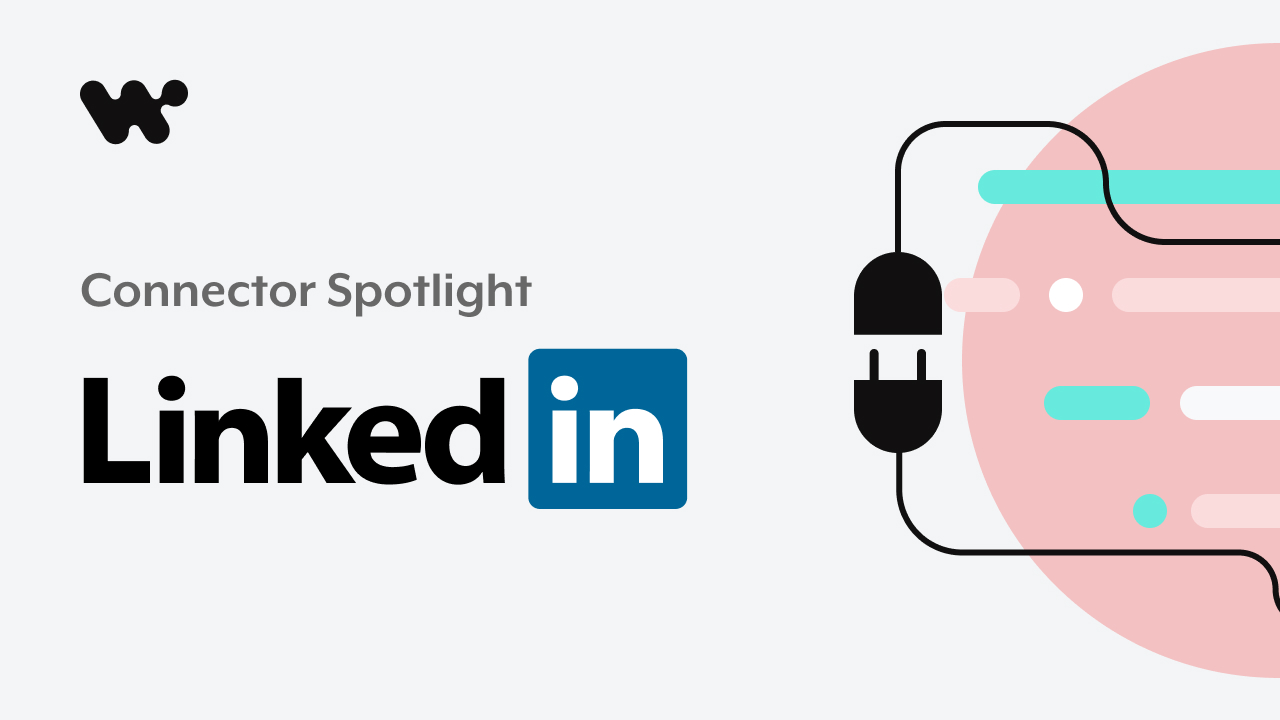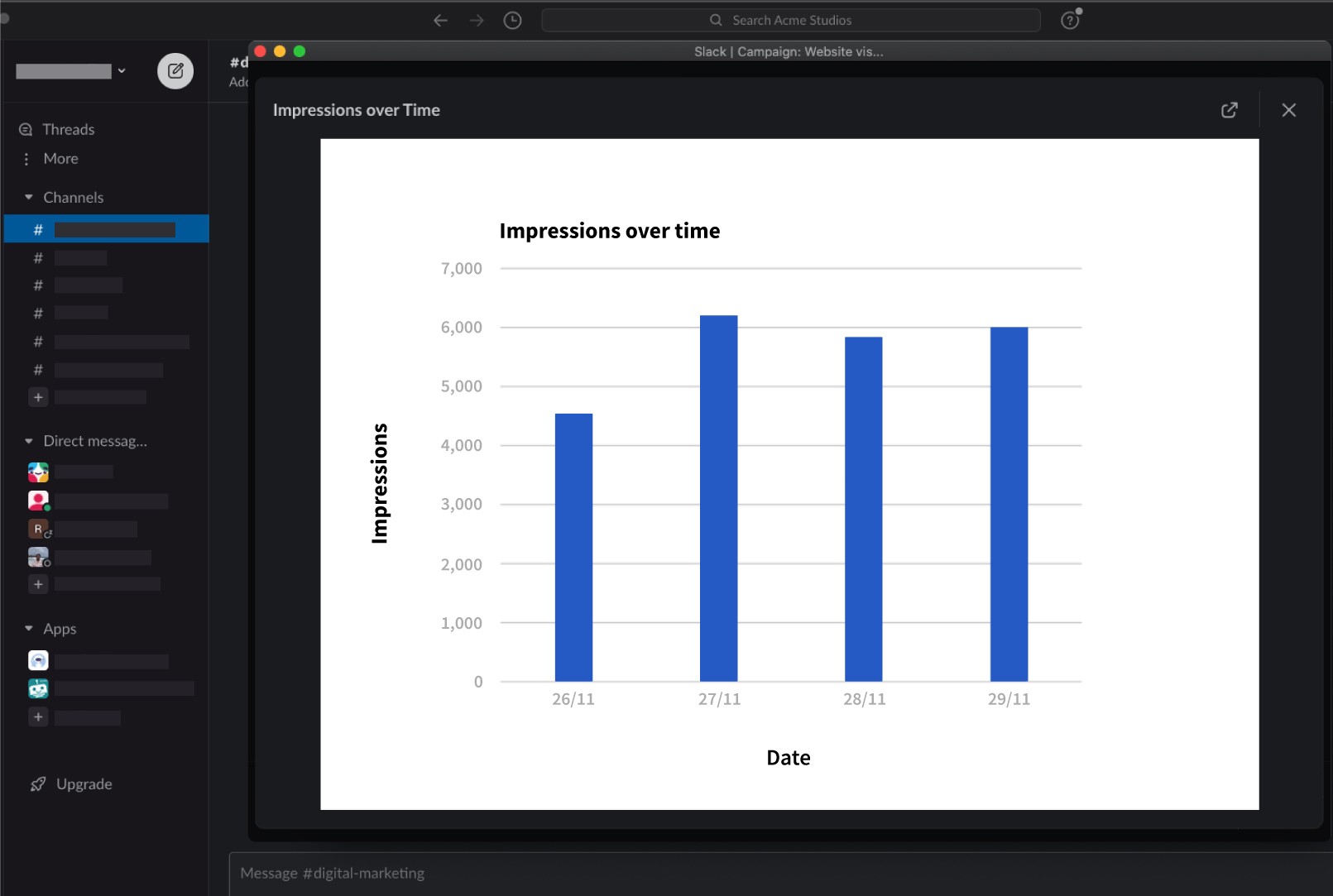LinkedIn campaigns: how to use automation to drive your campaigns

Before I became a product marketer at Workato, I spent hundreds of thousands of dollars per month on LinkedIn ads to drive demand for B2B solutions at previous employers.
LinkedIn is a powerful platform for advertising that is only growing in value for targeting professional audiences. Whether reaching buyers with compelling content or promoting a software demo, the possibilities are endless for marketers with the right budget.
LinkedIn was my top performing lead gen channel and I have used it to generate thousands of leads over the years, but automation can take LinkedIn campaigns to a whole new level.
Measure What Matters
Let’s take a quick look at what makes LinkedIn ad campaigns successful:
Are you responding to your leads in less than 5 mins?
Every second, every minute, every hour you delay in responding to an inbound lead, assume your competitors are talking to your prospects.
50% of buyers choose the vendor that responds first, and lead response drops by 10x after 5 minutes.
The average sales rep spends nearly 10% of their day researching leads.
It is all about shrinking the delay to near-zero between the moment a lead fills a form and the time your sales reps get the lead.
But delivering unqualified leads or leads with poor data quality leaves your sales team frustrated. Either they are spending time talking to the wrong people, or they are spending more time researching leads and not enough talking to buyers.
Delivering complete leads to reps instantly is key to making demand generation successful.
Is your money being spent on the right campaigns?
The most successful LinkedIn campaigns are optimized for performance daily. Key metrics such as cost per lead (CPL) and cost per opportunity (CPO) help determine campaign efficiency, and return on ad spend (ROAS) ultimately determines if a campaign was successful.
The foundation of a scalable demand generation program is low CPL and CPO with high ROAS. Keeping your finger on the pulse of costs, lead quality, opportunity generation and revenue are critical to success.
The Difference Between Good and Great LinkedIn Campaigns
Start With a Single Source of Truth
“A single source of truth” sounds like a cliche, but when it comes to measuring the ROI of your campaigns, it is the cure.
Without creating a reliable source of data to measure the performance of LinkedIn campaigns, you are constantly playing the guessing game or worse flying blind.
The data is siloed: LinkedIn has the ad spend and performance data. The CRM has the revenue outcome data.
The process of downloading campaign reports from LinkedIn, including cleaning and formatting multiple CSV files for import into your CRM (such as Salesforce or Microsoft Dynamics) is painfully tedious and frustrating, especially when the data is already out of date when the analysis is finished.
Repeating the same process over time is very error prone and slow, which leads to unreliable metrics on campaign performance.
This is where automation can help.
How does automation help with your LinkedIn campaigns?
Ensuring data is always up to date in the CRM at any time means you can answer executive questions about campaign ROI quickly and perform detailed campaign analysis without wasting time.
With a simple automation, we can easily capture LinkedIn campaign performance data in the CRM (or business intelligence tool such as Domo). Once this is done, we can easily report on spend per asset, CPL, and most importantly ROAS in a single source of truth.

Workato Recipe with LinkedIn Form trigger and upsert of data to Salesforce and Marketo with a Slack alert
This gives you access to the most up-to-date campaign spend and campaign performance data in a single view in real-time.
Syncing is not enough. Your reps need more.
Linkedin lead data by nature is incomplete. The leads only contain basic information, such as the personal email the prospect used to create their LinkedIn profile. You can ask for more information, but that increases form friction and reduces conversions.
Give your reps the power to have meaningful conversations
A personal email and name are not enough information for reps. Meaningful conversations are based on key information such as where the prospect works, their industry, job function & title, what problems they are looking to solve, and more. Reps should be spending time talking to customers, not researching leads, dealing with bounced emails or calling invalid phone numbers.
With a simple integration, we can easily enrich LinkedIn form leads and sync them into the CRM, marketing automation (such as HubSpot or Marketo), or other database within seconds.
In the example recipe below, we have a real time lead gen form conversion as a trigger event, which kicks off an immediate check in Clearbit for any additional data the lead does not include before sending the lead to Eloqua, Outreach and Salesforce.

Workato Recipe with LinkedIn Form trigger and Clearbit data append step with upsert of data to Salesforce, Eloqua, and Outreach
Unlike out of the box integrations, this solution is lag-free, so we can do everything possible with a few clicks and a simple recipe to ensure near-instant lead response from the sales team.
Hidden Fields Are Hidden gems
Hidden fields in LinkedIn forms are a great way to capture additional information like lead source or details about the content they downloaded that your reps can use to spark conversation.
By using the lead source or the content they are interested in, you can qualify, prioritize and route the leads to the right reps faster.
But the available integrations in LinkedIn don’t support syncing of these hidden fields.
You can overcome this challenge by creating a Workato recipe that reliably captures the data in the hidden fields and syncs it with your CRM and Marketing automation platforms in real time with no delay.
Make the Campaign Management Come to You
While you can go to the LinkedIn platform to manage your campaigns, why not make the campaign management come to you in the moments that matter?
You can hire an army to babysit your campaigns to monitor spending. But in 2021, why not use automation to do it for you and deliver full control of campaign spending.
Simple “pause campaign” buttons within Slack notifications allow us to make split second campaign management decisions, saving precious time and ad budget.
Slack alerts that identify when a campaign is overspending helps us keep waste to a minimum and focus our spend on the campaigns that we know are effective.
Any time we are asked questions about how the campaign is doing, we pull up the data directly in Slack on command. In this view, we are selecting a lead alert in Slack and viewing additional campaign details that correspond to that lead:

Viewing a Slack update from Workato triggered by a LinkedIn form submission and digging in for additional detail on the corresponding LinkedIn campaign.
Rather than context-switching and navigating to the LinkedIn ad portal constantly, the management comes to us in the moments that matter.
The Customizable Platform you Need Most

